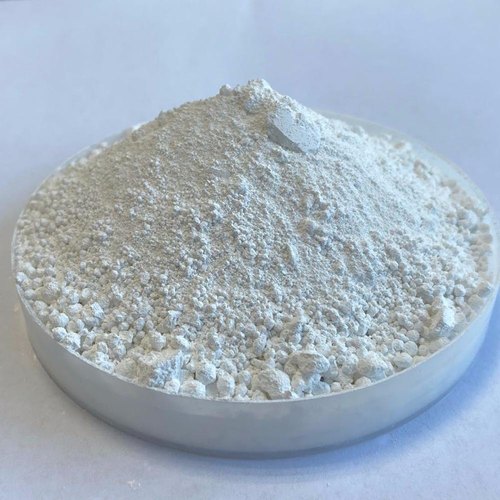Application of fly ash based zeolite in environmental treatment
Fly ash is a solid waste generated by coal-fired power plants. Its main components contain a large proportion of SiO2 and Al2O3. It is an ideal raw material for synthesizing zeolite. The application of synthetic products in environmental treatment is a kind of “use waste to control waste”. development concept, which is consistent with my country’s goal of pursuing a sustainable development strategy.

The methods of synthesizing zeolite from fly ash are divided into pure hydrothermal method and technically assisted composite hydrothermal method. The so-called pure hydrothermal method refers to a method that only requires hydrothermal synthesis technology, but the synthesized products have more or less defects. Technology-assisted composite hydrothermal method refers to the combination of hydrothermal method and other technologies to achieve the purpose of improving product quality under the joint action of various technologies. Currently, the more commonly used technology-assisted composite hydrothermal methods include: alkali fusion hydrothermal synthesis method , microwave-assisted heating method, seed-induced hydrothermal method, alkali fusion supercritical hydrothermal synthesis method, etc.
1. Fly ash-based zeolite is used as catalyst carrier
Fly ash-based zeolite has large specific surface area, regular pore structure and good cation exchange capacity. The currently used catalyst particles or catalyst sols have some problems in application, such as the disadvantages of difficult recovery of catalysts or low utilization rate of catalysts. If the catalyst is supported on the surface of fly ash-based zeolite, which is porous and has strong adsorption capacity, the unit contact area between the catalyst and the pollutant to be treated will be enhanced, thereby improving the utilization rate of the catalyst. At the same time, it is easier to recover the catalyst and improve the reuse rate of the catalyst, so the fly ash-based zeolite has the conditions to be used as a catalyst carrier.
Fly ash-based zeolite has a good application prospect as a catalyst carrier, because during the reaction process, the fly ash-based zeolite carrier can adsorb pollutants on and near the surface of the catalyst, so that the pollutants can fully contact the catalyst and improve the catalytic efficiency. In addition, the fly ash-based zeolite-supported catalyst can be recycled and reused, and the catalytic effect is still good when reused.
2. Fly ash-based zeolite for wastewater treatment
The silica-alumina ratio of fly ash-based zeolites is relatively low, and their ion exchange capacity, adsorption capacity and ion exchange capacity are relatively large. When applied in wastewater treatment, the ion exchange capacity and adsorption capacity of fly ash-based zeolite can be effectively utilized.
At present, in many studies on the application of fly ash-based zeolite to wastewater treatment, the wastewater purification mechanism is basically the same, and all of them have achieved good purification effects, and have certain industrial application prospects. However, how to better treat the products formed by fly ash-based zeolite after treating wastewater needs to be further explored by researchers.
3. Fly ash-based zeolite for gas separation
Fly ash-based zeolite is also widely used in industrial gas purification and industrial and domestic waste gas treatment, such as removing heavy metal ions in incineration fly ash and reducing its harm to human body. Another example is natural gas purification, flue gas purification, etc., fly ash-based zeolite removes SO2, H2S, CO2, NH3 and other harmful components in the mixed gas, which not only improves the quality of gas production, but also reduces the corrosion of harmful components to equipment. .
The application of fly ash-based zeolite in the field of gas separation not only provides the possibility for the manufacture of non-polluting building decoration materials, but also effectively promotes the treatment of industrial waste gas emissions, which is important for improving the atmospheric environment, protecting the atmosphere, avoiding the greenhouse effect and safeguarding the earth’s organisms. Health is important.
